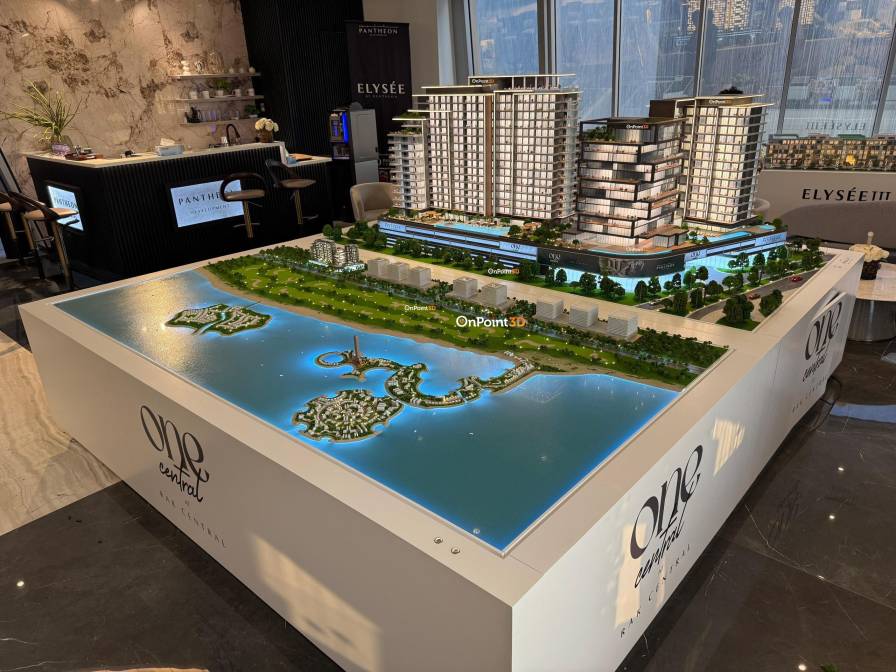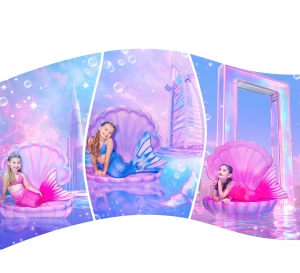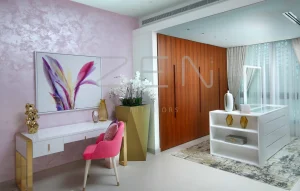Top 5 Industries Benefiting from 3D Rendering Services

3D rendering services use advanced technology to create stunning digital representations, enabling businesses to visualize ideas, streamline processes, and reduce costs. Below are the top five industries that have seen significant advantages from integrating 3D rendering services.
- Architecture and Construction
The architecture and construction industries have been early adopters of 3D rendering technology. Architects and builders use 3D renders to create highly realistic visualizations of buildings, both interior and exterior. These detailed models allow clients to understand the design and layout of projects before construction begins. Furthermore, 3D rendering helps identify potential design flaws, saving time and reducing expenses.
- Real Estate
Real estate developers and agents leverage 3D rendering to market properties more effectively. Instead of relying solely on blueprints or physical staging, 3D renders provide clients with an immersive experience, showcasing homes or commercial spaces in their best light. Virtual walkthroughs and 360-degree views are additional tools enabled by 3D rendering that empower potential buyers to explore properties remotely. This approach not only enhances customer engagement but also shortens the sales cycle.
- Automotive Industry
The automotive sector has greatly benefited from 3D rendering in designing and prototyping vehicles. Car manufacturers use 3D renders to visualize new car models long before they are built. This technology also plays a significant role in advertising, as it creates highly detailed and visually appealing images of vehicles for marketing materials. By reducing the need for costly physical prototypes and facilitating collaboration between design teams, 3D rendering drives innovation in vehicle development and customer experience.
- Film and Entertainment
The film and entertainment industry heavily relies on 3D rendering services to create visually stunning content. From blockbuster movies to video games, 3D rendering brings imaginary worlds to life with exceptional detail and realism. Animators and visual effects artists use this technology to design characters, sets, and dynamic scenes that captivate audiences worldwide. As immersive technologies such as virtual reality (VR) and augmented reality (AR) continue to grow, 3D rendering remains pivotal in delivering cutting-edge entertainment experiences.
- Product Design and Manufacturing
Product designers and manufacturers use 3D rendering to conceptualize and refine their creations before committing to large-scale production. Whether it’s consumer electronics, furniture, or fashion, 3D renders enable designers to experiment with form, texture, and color in a virtual environment. This reduces the need for multiple physical prototypes, accelerating the development process and lowering costs. Additionally, 3D visuals help companies showcase new products to stakeholders or customers, even before they are physically produced.




